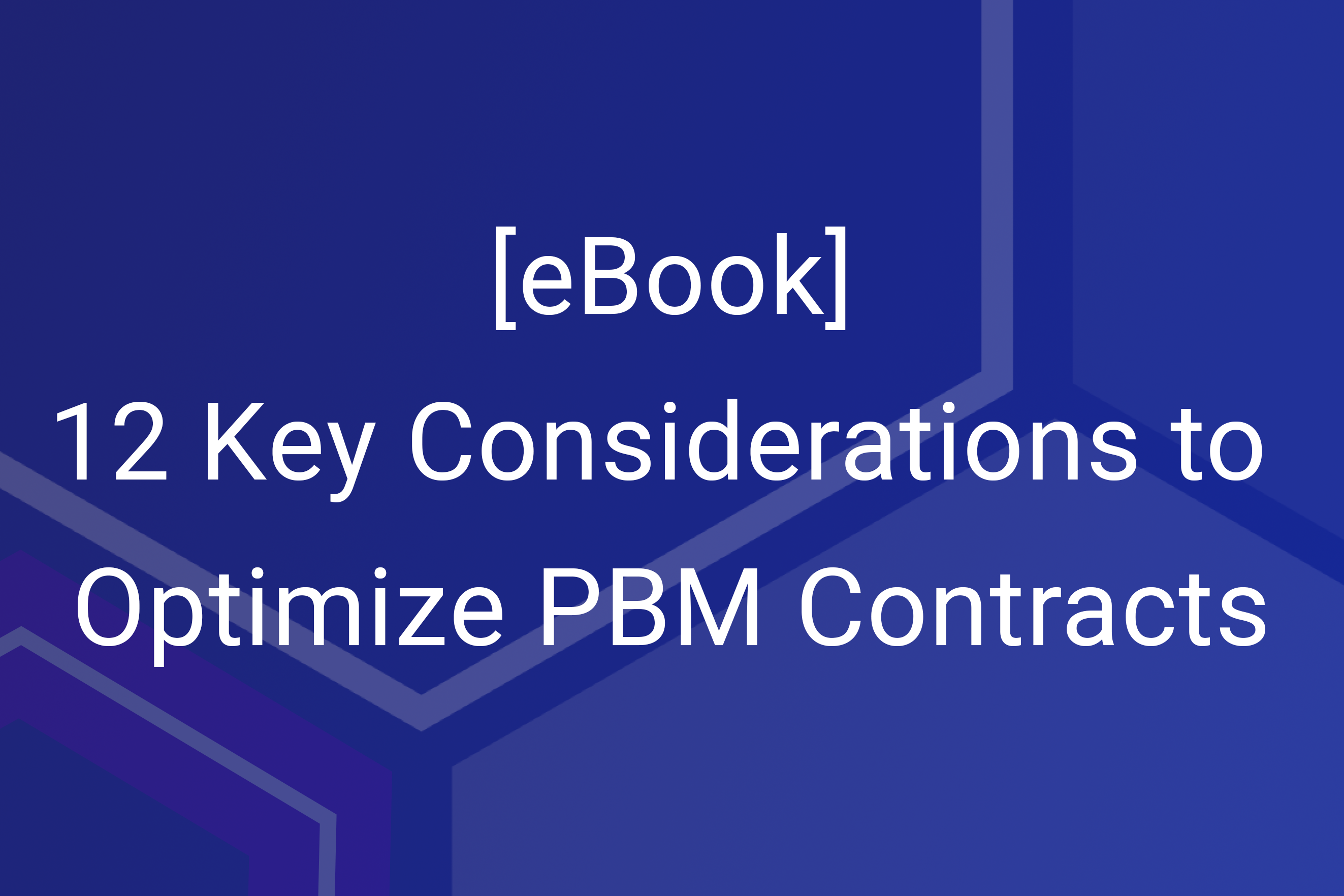A generic drug by any other name is still the same. Or is it? Generic versions of brand name medications are actually not all the same. Understanding their differences and the implications for Maximum Allowable Cost pricing (MAC pricing) is critical for choosing the most cost-effective pharmacy benefits manager for your company or health plan.
What Do Generic Drugs Have in Common?
All generic drugs do share certain characteristics. Generics have the same active ingredients as the brand drug, and the active ingredients are released into the bloodstream at virtually the same speed and in the same amounts as the original drug. Dosages, administration form and route, safety, effectiveness, strength, and most labeling are also the same. In addition, all generics must meet the same manufacturing and quality standards as the brand drug, and all must have FDA approval.
Authorized vs. Multi-Source Generics
The first major difference between the types of generic drugs is how they are manufactured. They can be grouped into “authorized” and “non-authorized” categories, and the non-authorized generics may also become “multi-source” generics if sold by multiple drug manufacturers.
- Authorized Generics: Some generic drugs are fully identical to their brand-name counterparts, with the exact same active and inactive ingredients. In fact, these generic drugs are typically marketed by the manufacturer of the branded drug or by an authorized agent of the manufacturer, but without the brand name. Called “authorized generics,” these drugs are covered under the branded drug’s New Drug Application (NDA) and FDA approval. Authorized generics have a six-month exclusivity period during which no other generic product can be marketed.
- Non-Authorized Generics: Not all generic drugs are authorized, nor do they have to be. While the active ingredients must be consistent, generic drugs can have different inactive ingredients, such as coatings, stabilizers, binders, fillers, and flavorings, as long as they perform in the body the same way as the branded drug and so long as they meet FDA bio-equivalence standards. Because of the different formulations, generics in this category require FDA approval through an Abbreviated New Drug Application (ANDA).
- Multi-Source Generics: Non-authorized generics can be marketed by multiple drug manufacturers after the six-month exclusivity period for authorized generics concludes, at which point they are considered multi-source generics.
In addition to the manufacturing considerations, authorized and multi-source generic drugs are differentiated from each other, and from their branded counterpart, by price. Authorized generics are estimated to be 4% to 8% less expensive than the branded drug, although this reduced retail cost can be misleading. Whether or not that savings will be passed on to the sponsor depends in part on how authorized generics are positioned on the PBM drug formulary. They may be placed at the same tier level as the branded drug or at a level that favors the branded or the authorized generic. Each position has its cost implications for members and plan sponsors.
What is MAC Pricing?
The marketing of multi-source generics after the six-month exclusivity period introduces market competition and drives down costs, but the value only cascades to plan members and sponsors through preferential tiering and favorable Maximum Allowable Cost (MAC) pricing. MAC pricing is the tool that PBMs use to define the upper limit the plan will pay a pharmacy for branded drugs and their multi-source and authorized generics.
Although MAC pricing is designed to ensure that payers get the lowest possible price on a drug, each PBM uses different criteria for selecting products and deriving and applying prices for their MAC lists. This means that no two MAC lists are the same and they can affect drug spend differently.
How MAC Pricing Influences Access and Affordability
In recent years, concerns about PBMs’ lack of transparency into their MAC reimbursement formulas has led to legislation designed to provide clarity on MAC pricing. The various laws require transparency around how drugs are placed on a MAC list, how pricing is determined, how the lists are made available to providers, how often the list must be updated, and the appeals process for pharmacies.
This is good news for plan sponsors as it provides visibility into whether they are paying the lowest price for a drug. The full benefit of the visibility can only be realized, however, if the MAC lists are monitored and updated frequently to ensure adherence to the regulations and if plan sponsors understand the pricing dynamics.
To this end, and to avoid leaving money on the table, it is imperative that plan sponsors educate themselves on the impact that generic drug differences and variable MAC pricing strategies can have on their bottom lines. Plan sponsors should use that understanding to design a pharmacy benefits strategy and select a PBM that will deliver them the greatest value.
Truveris is uniquely positioned to help plan sponsors navigate MAC list complexities and take full advantage of pricing transparency. The Truveris Marketplace evaluates each PBM’s MAC lists for the best value and assesses the impact of updates and changes on member and sponsor costs. Further, once a PBM has been selected, the truGuard solution reviews claims to confirm appropriate utilization of authorized and multi-source generics.







